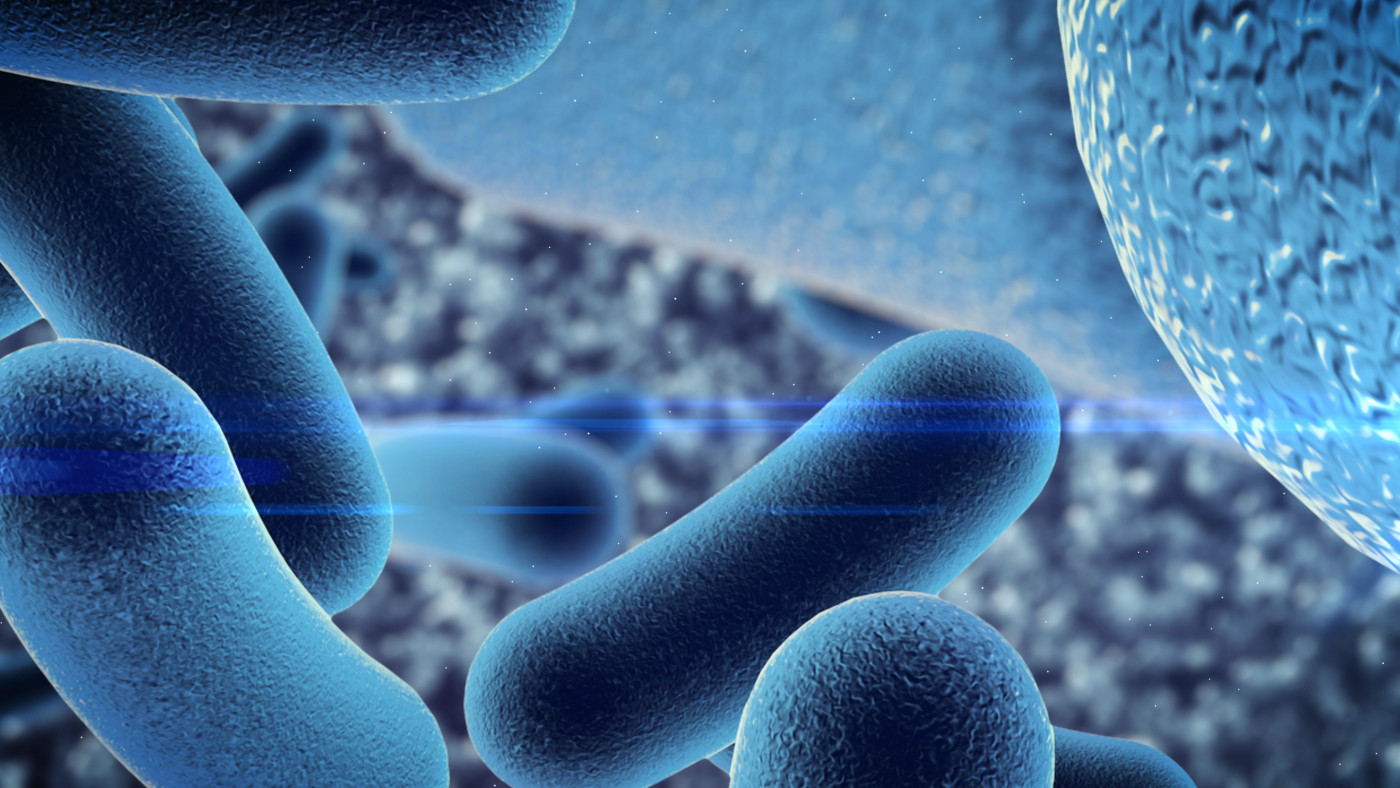NIH Grant Supports Computer Modeling of Bacteria’s Behavior in Mucus
Written by |

A five-year, $3.2 million grant from the National Institutes of Health (NIH) will fund a research project that aims to better understand the interactions between bacteria and mucus. Results could help inform new ways of treating diseases where bacterial infections that involve mucus are problematic, such as cystic fibrosis.
Mucus is a slimy substance produced by the body that contains water, salts, and proteins (particularly proteins called mucins). In multiple organs — including the sinuses, lungs, intestines, stomach, and throat — mucus provides a coating that protects tissue from harm.
In people with cystic fibrosis, mucus becomes thick and sticky because a mutation prevents chloride, found in salt, from moving to the cell surface and attracting water. This thicker mucus can block airways, and serve as a breeding ground for bacteria like Pseudomonas aeruginosa, which cause lung infections.
“Mucosal layers are such an important barrier between us and the outside world, and we know that any kind of disruption to that is a big source of problems, but really there’s very little known about the interactions between mucins — those primary components of mucus — and bacteria,” Jason Papin, PhD, a professor at the University of Virginia (UVA) who will work on the project, said in a news story,
The project aims to develop a multi-scale computational model to better understand how bacteria are affected by mucins, and how they behave in mucus. It builds on a prior collaboration between Papin and Joanna Goldberg, a bacterial geneticist at Emory University, which focused on building computer models of P. aeruginosa metabolism to unravel how they survive in harsh environments.
“We came at it from the pathogen, from the microbes, the bacteria,” Papin said. “My lab has done a lot of work with Pseudomonas aeruginosa. This bacterium is a huge problem in the cystic fibrosis community.”
One advantage of using a computational model — as opposed to experimental data — is that a computer can account for all of the myriad factors actively at play. This includes the many components of the mucus, as well as the bacteria that are native to the airway.
“Even though we’re focusing on what happens in Pseudomonas aeruginosa, there are millions of other bacteria in the same space, living in the same neighborhood, swimming around in that same mucus,” said UVA professor Shayn Peirce-Cottler, PhD, another researcher on the project.
“And so there are interactions between Pseudomonas aeruginosa and other helpful bacteria that live in the mucus to help defend us and combat Pseudomonas aeruginosa,” Peirce-Cottler added. “It’s mind-blowingly complicated with respect to these different bugs and these different proteins, but that’s exactly why we must use computational modeling.”
“You can unpack the complexity of the problem layer by layer with experimental approaches, but then someone needs to put them back together for a comprehensive picture and understanding, and this is what the team aims to accomplish,” added Katharina Ribbeck, PhD, of Massachusetts Institute of Technology, who is also working on the project.
Ultimately, the researchers hope that a better understanding of mucus, and the bacteria that live in it, could lead to better ways of treating people with cystic fibrosis and other conditions.
“We know different people have different susceptibility to different kinds of infections,” Papin said. “So let’s build these computer models to try to capture some of those differences and try to understand what are the weak points in that system so that we can develop new tools and new therapies to improve human health.”






